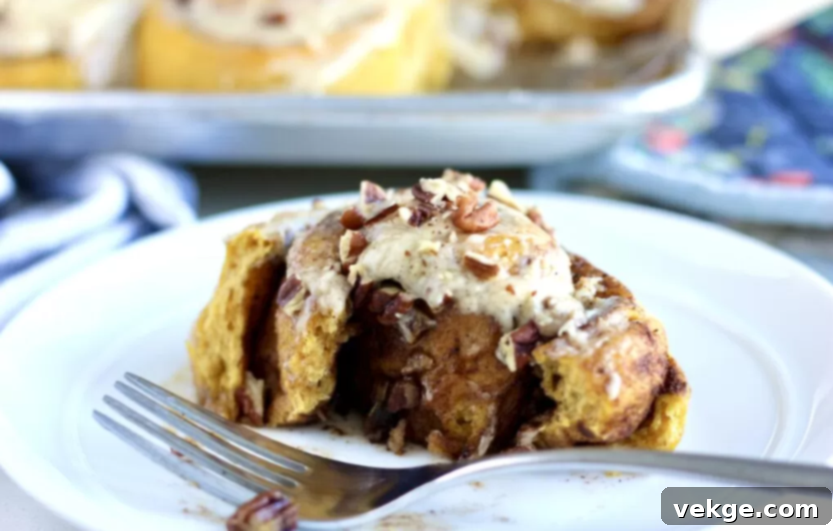Ultimate Sourdough Pumpkin Cinnamon Rolls with Irresistible Browned Butter Cream Cheese Frosting
Jump to Recipe
This post contains affiliate links, and I may receive a commission on your purchase. Thank you for supporting my work through these links.
Embrace the cozy essence of autumn with these truly delightful Sourdough Pumpkin Cinnamon Rolls. Each bite offers a harmonious blend of delicate crumb, warm spices, and the satisfying crunch of pecans. But what truly sets these rolls apart is the luxurious browned butter cream cheese frosting – it’s an absolute game-changer, transforming an already wonderful treat into something unbelievably addictive. This recipe promises a unique and fun combination of fall flavors that you simply must experience!
Whether you’re a seasoned sourdough baker or just starting your journey, these rolls are accessible and rewarding. Not on the sourdough train yet? No problem at all! I’ve included an adaptation for a quick, non-sourdough version. And if pecans aren’t your favorite, feel free to omit them entirely or substitute with another nut.
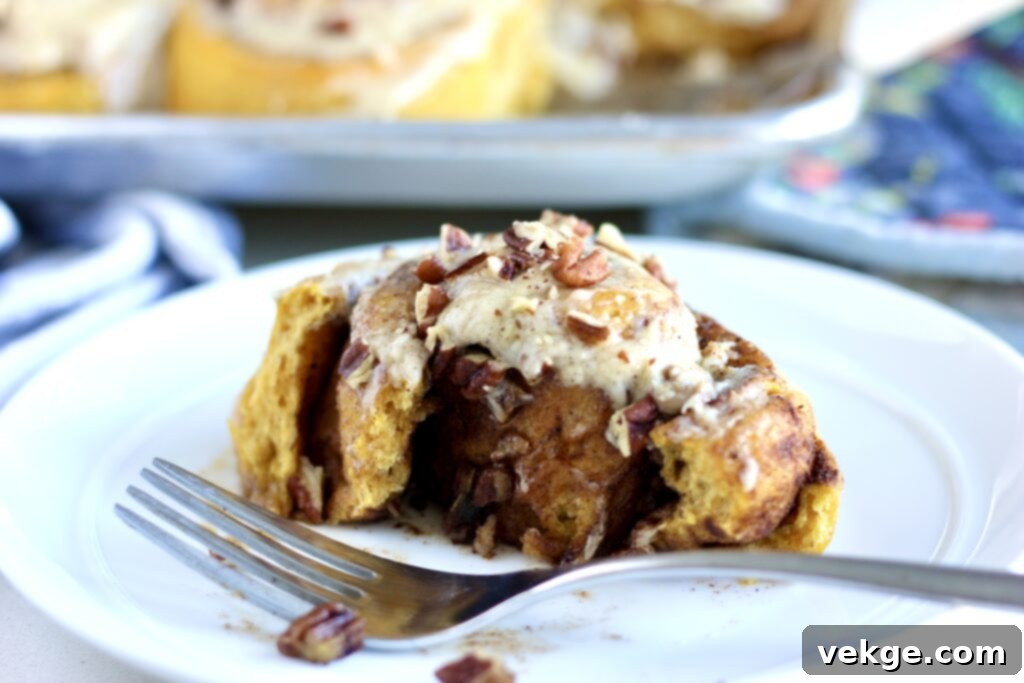
Why You’ll Fall in Love with These Pumpkin Cinnamon Rolls
These rolls aren’t just a treat; they’re an experience. Imagine sinking your teeth into:
- The earthy tang of sourdough combined with sweet pumpkin and classic fall spices.
- A rich, sweet cinnamon filling infused with the depth of browned butter.
- Generous amounts of chopped crunchy pecans for incredible texture (both inside and on top!).
- A decadent browned butter cream cheese frosting that tastes like it came straight from heaven.
Seriously, these Sourdough Pumpkin Cinnamon Rolls are an absolute must-have for the fall season. They make 16 generously sized rolls, perfect for sharing (or not!).
Exploring Sourdough: A Rewarding Baking Journey
What if I’m new to sourdough baking?
Don’t be intimidated! You absolutely don’t need to be a sourdough expert to create these incredible rolls. If you’re looking for a quicker alternative, or if you simply prefer not to use sourdough, I’ve got you covered. Click here for a non-sourdough adaptation of pumpkin cinnamon rolls! (Note: If this link doesn’t work on your mobile device, try searching “pumpkin cinnamon rolls” in the search bar.)
Why choose sourdough for cinnamon rolls?
Sourdough, also known as “natural yeast,” might seem daunting at first, but it’s incredibly rewarding. Many bakers find themselves quickly getting the hang of it and then never wanting to go back to conventional yeast! It’s how virtually all leavened breads were made until commercial active dry yeast became widespread in the early 20th century, making sourdough somewhat of a lost art – one I’m passionate about reviving.
Beyond the satisfaction of traditional baking, sourdough offers distinct advantages:
- Richer, Deeper Flavor: Sourdough introduces a unique, subtle tang and a more complex flavor profile that quick-yeast breads simply cannot match. The slow fermentation develops incredible depth.
- Enhanced Digestibility: Sourdough’s long fermentation process works wonders on grains. It essentially “pre-digests” the flour, neutralizing phytic acid, an anti-nutrient that can inhibit mineral absorption. This process unlocks vital nutrients like minerals and B vitamins, making them more accessible to your body. Many individuals with gluten sensitivity find they can enjoy sourdough breads without issues, thanks to the breakdown of gluten proteins during fermentation.
- Stabilized Blood Sugar: Sourdough has been shown to lower the glycemic index of a meal, helping to stabilize blood sugar levels not just for the current meal but for several subsequent meals as well.
- Gut Health Benefits: Sourdough is rich in probiotics. While cooking deactivates these live cultures, they transform into powerful prebiotics, providing essential fuel for the healthy bacteria in your gut.
These are just a few compelling reasons why I love incorporating sourdough into as many baked goods as possible. Plus, the taste is truly phenomenal! It’s important to remember that the sourdough process requires significantly more time. Instead of rise times lasting just an hour, you might expect 4-8 hours per rise. This patience, however, is key to developing its unique flavor and beneficial properties.
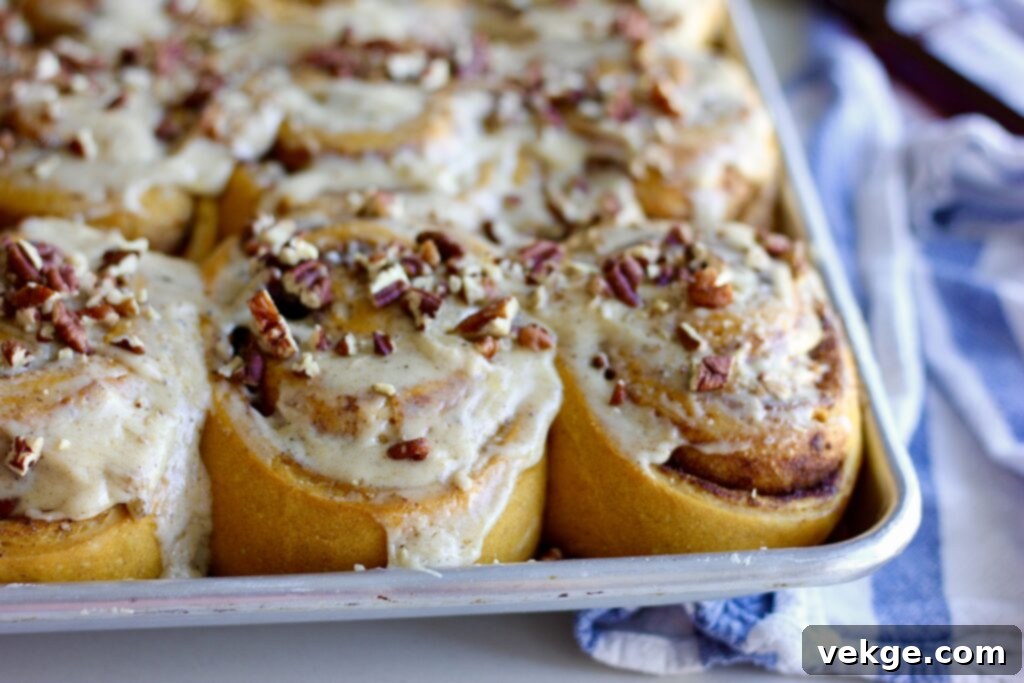
The Pecan Perfection: A Crunchy Delight
Pecans are an integral part of what makes these cinnamon rolls truly special. For many, they are the absolute favorite element of this delicious treat!
The finely chopped pecans scattered throughout the filling and generously sprinkled on top provide an incredible textural contrast to the soft, tender rolls and creamy frosting. Their buttery, earthy flavor complements the pumpkin and cinnamon beautifully, adding another layer of complexity. If you’re not a fan of nuts, don’t hesitate to skip them entirely; the rolls will still be incredibly delicious. However, if you do love them, you’re in for a spectacular crunchy delight!
A Quick Tip for Pecans: To prevent the pecans on the frosting from becoming soggy, it’s best to add them immediately before serving. This ensures maximum crunch and freshness.
Key Ingredients for Sourdough Pumpkin Cinnamon Rolls
Active Sourdough Starter
For this recipe, your sourdough starter needs to be in its prime: fed, active, bubbly, and happy. A vigorous starter is crucial for proper leavening and flavor development.
If you have any questions about maintaining your sourdough starter, how to activate it, care for it, or bring it back to life, please click here to read my comprehensive guide on sourdough starter care!
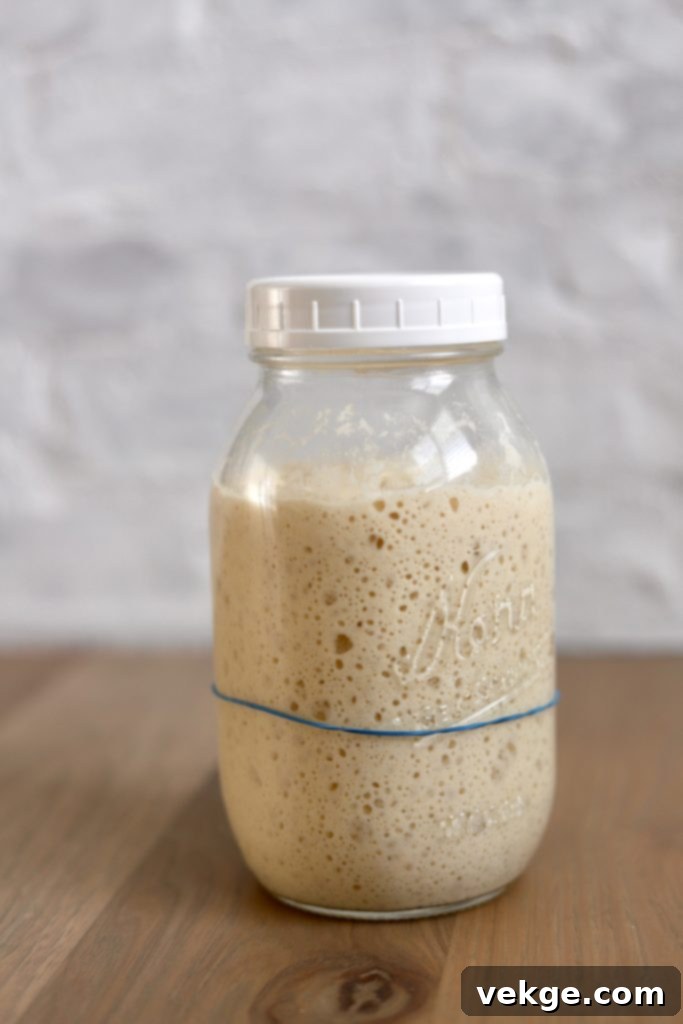
Pureed Pumpkin
This recipe calls for a standard 15 oz. can of pureed pumpkin. It’s vital to use pure pumpkin puree, not canned pumpkin pie filling, as the latter contains added sugars and spices that will alter the flavor and consistency of your dough.
Water
Warm water plays a critical role in activating your sourdough starter and promoting dough rise. Aim for a temperature similar to a baby bottle – around 95-105°F (35-40°C). Water that’s too cold will slow down the rising time, while water that’s too hot can damage or even kill the delicate yeast cultures in your sourdough. Although this recipe uses only 1/2 cup, getting the temperature right is a good habit for all your sourdough bakes.
Pure Maple Syrup
I opt for pure maple syrup not only for the delightful maple flavor it imparts but also for the beautiful rich color it adds to the dough. Be sure to use pure maple syrup and avoid maple-flavored pancake syrups, which are typically made with corn syrup and artificial flavors and will not yield the same results.
If maple syrup isn’t available, excellent alternatives include honey, granulated sugar, or coconut sugar. You can also adjust the sweetness to your preference; reducing the amount to just 1 tablespoon, or even eliminating it entirely, will still result in delicious rolls with plenty of sweetness from the filling and frosting. All other ingredient ratios will remain the same if you adjust the syrup content.
For best results, try to use room temperature ingredients. If your maple syrup has been refrigerated, let it warm up a bit before incorporating it into the dough.
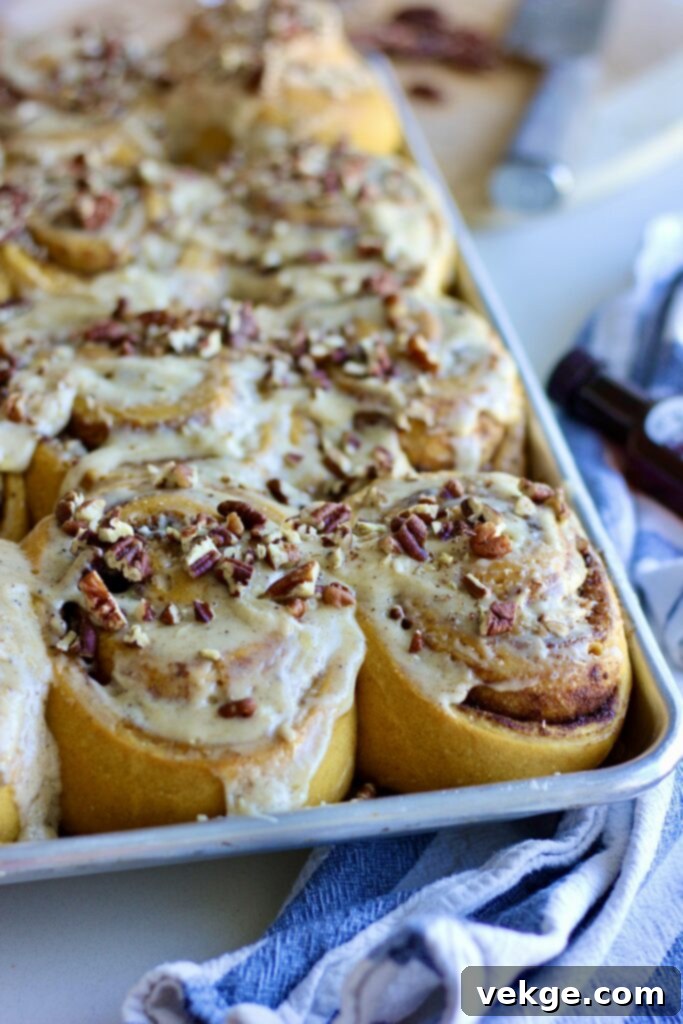
Salt
While many ingredients in baking are forgiving, salt is not one of them. Forgetting the salt is a fatal flaw for bread! It’s absolutely crucial for flavor development, enhancing the sweetness and complexity of the other ingredients. Without it, your rolls will taste bland and flat. Trust me, you’ll regret skipping it!
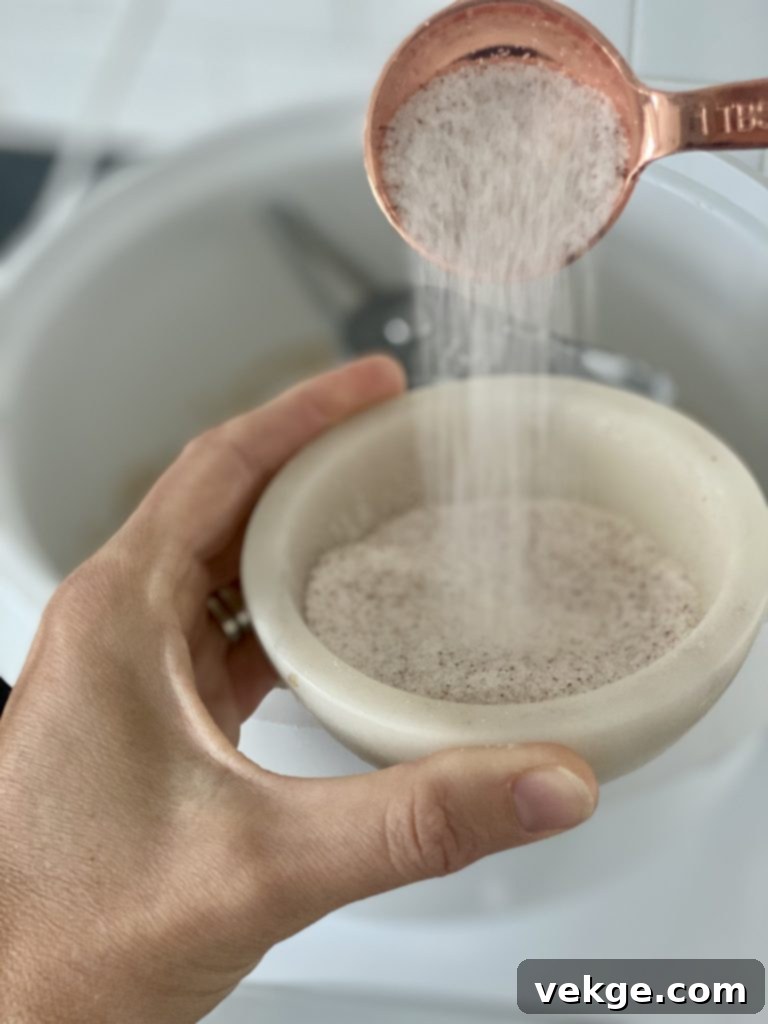
I’m particularly selective about the salt I use. My go-to, and the only salt I recommend, is Redmond Real Salt. I cherish it for its purity: it’s unprocessed, free from fillers, anti-caking agents, additives, or unhealthy pollutants. Unlike many commercial table salts that are heavily processed and stripped of beneficial trace minerals, Redmond Real Salt is mined from an ancient sea bed in central Utah, making it a truly mineral-rich sea salt. I source my salt directly here. You can enjoy 15% off your purchase with my affiliate discount code, “AMBERSKITCHEN.” For a more cost-effective approach, I often buy a 25-pound bag every few years, storing it in a bucket or mason jars.
Egg
The egg in this recipe contributes significantly to the rolls’ wonderfully soft texture and helps prevent them from becoming crumbly. It adds richness and structure. However, if you have allergies or dietary restrictions, you can absolutely skip the egg without compromising the recipe too much. The rolls will still turn out beautifully, just perhaps a touch less tender.
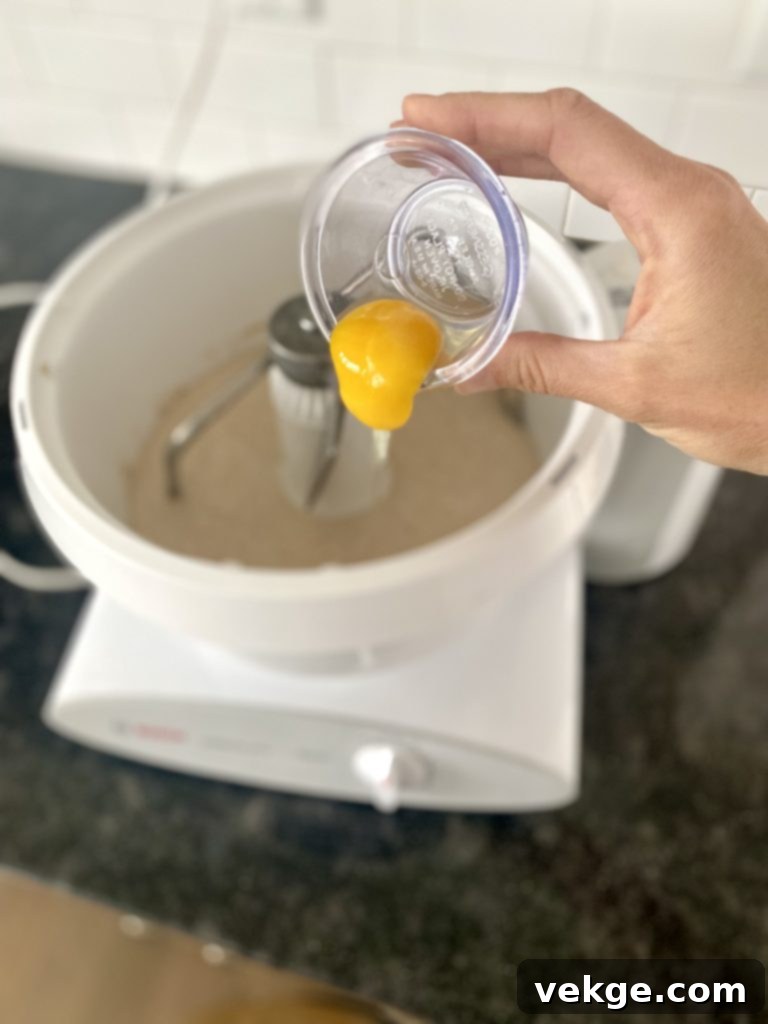
Coconut Oil
I consistently reach for melted coconut oil in most of my bread recipes because it works like magic for rolls! It imparts an unparalleled softness to the finished bread, a quality often unmatched by other oils. And rest assured, it does not leave any discernible coconut flavor.
Should coconut oil not be an option for you, my top recommendation for a substitute is avocado oil, which can be used in a 1:1 ratio. My third choice would be melted unsalted butter, followed by olive oil as a fourth option. Feel free to use the fat you prefer most or have on hand.
Flour
This versatile recipe accommodates various flour types, each contributing slightly different characteristics to the final product:

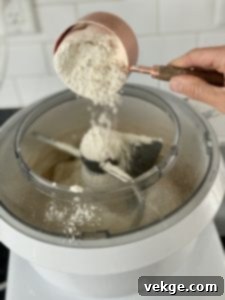
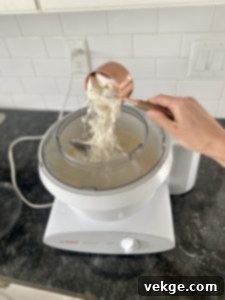
- Bread Flour: Containing a higher gluten content than all-purpose flour, bread flour yields a taller, more buoyant rise and bread with a wonderfully soft texture and satisfying chew. I frequently use organic bread flour from a local mill, Lehi Mills* (use affiliate coupon code “AMBERSKITCHEN” for 10% off). I appreciate their commitment to sourcing wheat from farmers who avoid glyphosate.
- All-Purpose Flour: This is a perfectly acceptable and straightforward substitute for bread flour, resulting in delicious rolls with a slightly softer structure.
- Whole Wheat Flour: While whole wheat flour can be used, note that its weight and absorbency differ. You’ll typically need slightly less flour – perhaps around 4.25 cups instead of 4.5-5 cups – but always check the dough’s texture. Using whole wheat with sourdough can result in a more pronounced sour flavor and a slightly less dramatic rise. A great compromise is a 50/50 blend of whole wheat and bread flour.
- Kamut Flour: Kamut is an ancient wheat variety that has undergone less genetic alteration than modern wheat. It has a distinctive nutty flavor. When substituting Kamut for all-purpose flour, reduce the total flour amount by about 10-15% as it’s more absorbent. In my experience, Kamut dough tends to rise a bit less and can sometimes be a touch more crumbly, with the tops of the baked loaves showing a slightly dimpled appearance. I use white wheat Kamut flour from here.
*This is an affiliate link and I may receive a commission on your purchase. Thank you for shopping through this link.
FAQs: Your Sourdough Pumpkin Cinnamon Roll Questions Answered
Here are some common questions to help you master these delicious rolls:
Q: Can I freeze the dough?
A: I generally don’t recommend freezing unbaked sourdough dough of any kind, as it can lead to inconsistent and often negative results in terms of rise and texture. However, you can absolutely freeze the completed and baked rolls! Just remember to set aside any chopped pecans intended for topping until serving, as they can become soggy once frozen and thawed.
Q: Can I refrigerate the dough overnight?
A: YES, absolutely! Refrigerating the dough is a fantastic way to fit sourdough baking into your schedule and can even enhance the flavor. You have two main options for refrigeration:
- Immediately after the dough has been mixed but before its first bulk rise: The dough can be refrigerated for anywhere from 1 to 48 hours. If it spends at least 6 hours in the fridge, you can skip the initial bulk rise. When ready to bake, pull the cold dough out of the fridge and proceed directly to forming the rolls.
- After the rolls have been formed and placed on the baking sheet: Cover the formed rolls tightly with plastic wrap or a lid and refrigerate for 4-48 hours. When you’re ready to bake, remove them from the fridge, allow them to come to room temperature and double in size (this may take a few hours depending on ambient temperature), then bake as directed.
Q: What size baking pans do you recommend?
A: For this recipe, which yields 16 rolls, you’ll need one half-sheet jelly roll pan measuring 18 x 13 inches.
Q: Can this recipe be halved?
A: Yes, this recipe is easily halved! If you’re halving it, I suggest baking the rolls in a 9×13 inch pan instead of the larger jelly roll pan. Additionally, if you halve the recipe, you can confidently skip the egg entirely without any issues. Conversely, the recipe can also be doubled if you’re feeding a crowd!
Q: Can I make these without pumpkin?
A: Absolutely! While pumpkin adds a wonderful fall touch, you can certainly make delicious sourdough cinnamon rolls without it. Click here to see my classic sourdough cinnamon roll recipe. Please note that this specific recipe does not include my browned butter cream cheese frosting or pecans, so you would need to adapt those elements yourself. You’ll even find an orange roll adaptation alongside that recipe. If you prefer a non-sourdough and non-pumpkin option, click here to discover my *viral* recipe for quick and heavenly Cinnamon Rolls.
Q: Is it absolutely necessary to spray the baking pans with non-stick spray?
A: While non-stick spray is an option, I personally prefer and highly recommend lining my baking sheets with parchment paper! Click here to see the unbleached, pre-cut parchment paper I use. These pre-cut sheets make baking clean-up incredibly easy and ensure no sticking, and I use them every single time I bake. If parchment paper isn’t available, non-stick spray will certainly work.
Q: Do these need to be refrigerated after baking?
A: Since these rolls are topped with a cream cheese frosting, it’s generally a good idea to refrigerate any leftovers that won’t be eaten within a few hours of baking. While my family admittedly rarely refrigerates ours, for optimal freshness and food safety, it’s wise to do so. Just a reminder: those pecans on top can get soggy in the fridge, so only add them right before serving if storing leftovers!
How to Make Perfect Browned Butter
Browning butter is a simple yet transformative technique that elevates its flavor profile by at least 20 notches! It creates a rich, nutty, and incredibly aromatic essence that dramatically improves certain baked goods. If you’re not already obsessed, you soon will be!
- Start with a small, light-colored saucepan. A lighter pan helps you monitor the color changes more easily.
- Add the butter to the saucepan. Note that during the browning process, all the water in the butter will evaporate. So, if you begin with 3/4 cup of butter, you might end up with approximately 1/2 cup of browned butter.
- Cook the butter over medium-high heat. It will first melt, then begin to bubble, and then foam. As the milk solids separate and toast, you’ll start to see beautiful golden-brown flecks forming at the bottom, beneath the foam.
- Once the liquid portion of the butter turns a lovely amber-brown and the flecks are deep golden, immediately remove the pan from the heat. Keep a close eye on it, as butter can go from perfectly browned to burned very quickly!
- Pour the browned butter (including the flecks) into a heatproof bowl to stop the cooking process and allow it to cool slightly before incorporating it into your frosting.
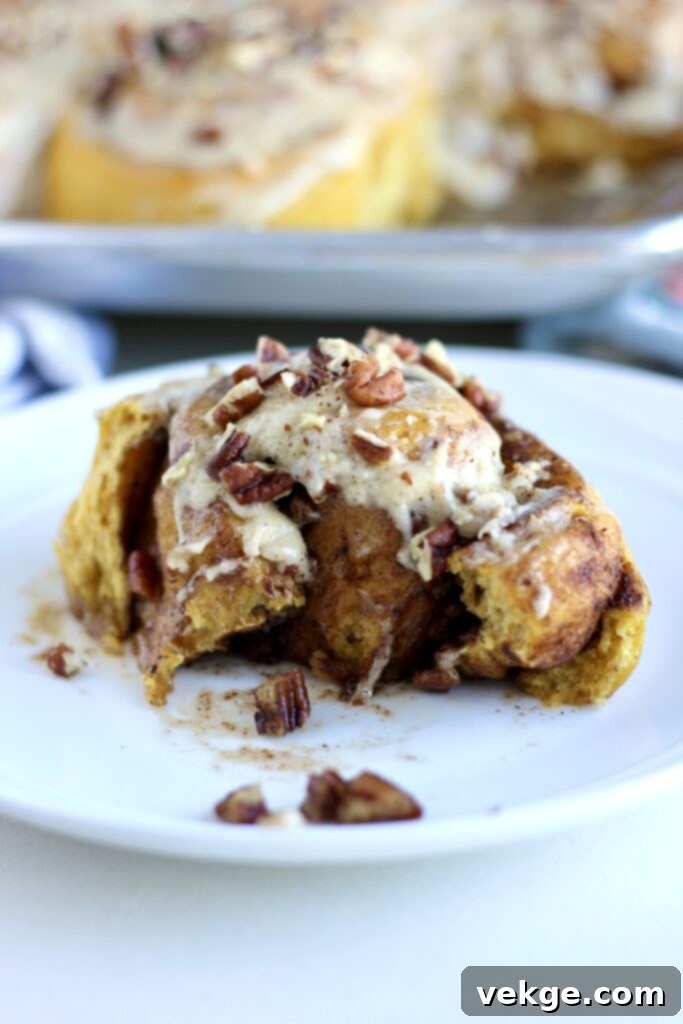
Sample Baking Schedule for Sourdough Rolls
Mastering the timing of sourdough can be a bit tricky, but with a little planning, it becomes incredibly flexible. This sample schedule is designed to give you a clear idea, but always adjust it to best suit your personal timeline and kitchen environment!
Thursday 9:00 PM: Prepare Your Starter
In a clear glass quart mason jar, combine 2 tablespoons of flat sourdough discard starter with one heaping cup of flour and one scant cup of water. Mix everything together until well combined. Mark the initial height of your fed starter with a sharpie or rubber band so you can track its activity. Leave it at room temperature overnight, allowing it to ferment for approximately 10 hours.
Friday 7:00 AM: Mix the Dough
*Important: Only proceed if your starter is active, bubbly, and has visibly doubled in size. If not, allow it more time.*
Measure out 1 cup of your active starter (reserve the remaining starter for future use). Use this active starter to prepare the dough according to the recipe instructions. Once mixed, cover the dough and let it undergo its first bulk rise until it has doubled in size. This can take anywhere from 4-8 hours, depending on the ambient temperature of your home and the strength of your starter.
Friday 1:00 PM: Form the Rolls
*Only move to this step if your dough has successfully doubled in size.*
Gently punch down the dough to release the air and transfer it onto a lightly floured surface. Roll it out into a rectangle, about 1/2 inch thick, ensuring there’s enough flour underneath to prevent sticking. Spread the filling ingredients evenly over the dough. Carefully roll the dough into a tight, long log. Using a sharp knife or flavorless dental floss, cut the log into 16 equal portions (discarding the small end pieces for neatness). Arrange the rolls on a parchment-lined baking sheet, cover them with plastic wrap, a lid, or a clean dish towel, and let them rise again until doubled in size.
Friday 3:30 PM: Bake and Frost
*Ensure your formed rolls have doubled in size before proceeding.*
Preheat your oven to 350°F (175°C). Bake the rolls for approximately 18 minutes, keeping a close eye on them towards the end as baking times can vary slightly. While the rolls are baking, prepare your luscious browned butter cream cheese frosting. As soon as the rolls emerge from the oven, spread the frosting generously over the warm rolls. If you plan to serve them immediately, sprinkle the reserved chopped pecans over the top. Then, serve and enjoy your incredible homemade sourdough pumpkin cinnamon rolls!
As mentioned in the FAQ section, remember you can absolutely refrigerate the dough or formed rolls as needed to seamlessly integrate this recipe into your personal schedule. The beauty of sourdough lies in its flexibility!
Always keep in mind that sourdough doesn’t demand more hands-on time than other recipes—it simply requires more patience for the extended rising times.
For any further sourdough questions or guidance, please reference my comprehensive blog post about sourdough starter care by clicking here.
Watch Me Make It!
See the magic unfold by watching me prepare these rolls here on Instagram!
Note: In the video, I used 8 tablespoons of browned butter in the filling instead of 5 tablespoons of un-browned softened butter, which is why the filling might appear slightly different.
Sourdough Pumpkin Cinnamon Rolls
“Out of this world delicious with the nuts and the amazing frosting!”5 from 2 votes
Pin
RateCourse: BreakfastPrep Time: 25 minutesCook Time: 20 minutesAdditional Time: 11 hoursTotal Time: 11 hours 45 minutesServings: 16 rollsIngredients
- DOUGH INGREDIENTS:
- 1/2 cup warm water baby bottle temperature
- 1 cup active bubbly sourdough starter
- 1/3 cup pure maple syrup
- 1/2 Tablespoon salt
- 1 egg beaten
- 2.5 Tablespoons coconut oil melted
- 1, 15 oz. can of pureed pumpkin
- 1 Tablespoon cinnamon
- 4 1/2 cups of all-purpose flour or bread flour give or take 1/2 cup
- chopped pecans 3/4 cup for filling (noted below) and 3/4 cup for topping
- FILLING INGREDIENTS:
- 5 tablespoons room temperature butter
- 2/3 cup brown sugar
- 1 tablespoon cinnamon
- 1 tablespoon pumpkin pie spice
- 3/4 cup chopped pecans
- FROSTING INGREDIENTS:
- 3/4 cup of butter that will be turned into brown butter
- 4 oz. softened cream cheese
- 1 teaspoon vanilla extract
- 1/2 teaspoon almond extract optional
- pinch of sea salt
- 1 1/2 to 2 cups powdered sugar
- 1 tablespoon milk if needed to thin frosting
Prevent your screen from going darkInstructions
DIRECTIONS:
Notes
For optimal crunch, add pecans to the frosting just before serving. Leftover rolls with cream cheese frosting are best refrigerated after a few hours, though in our home, they rarely last long enough for that!

